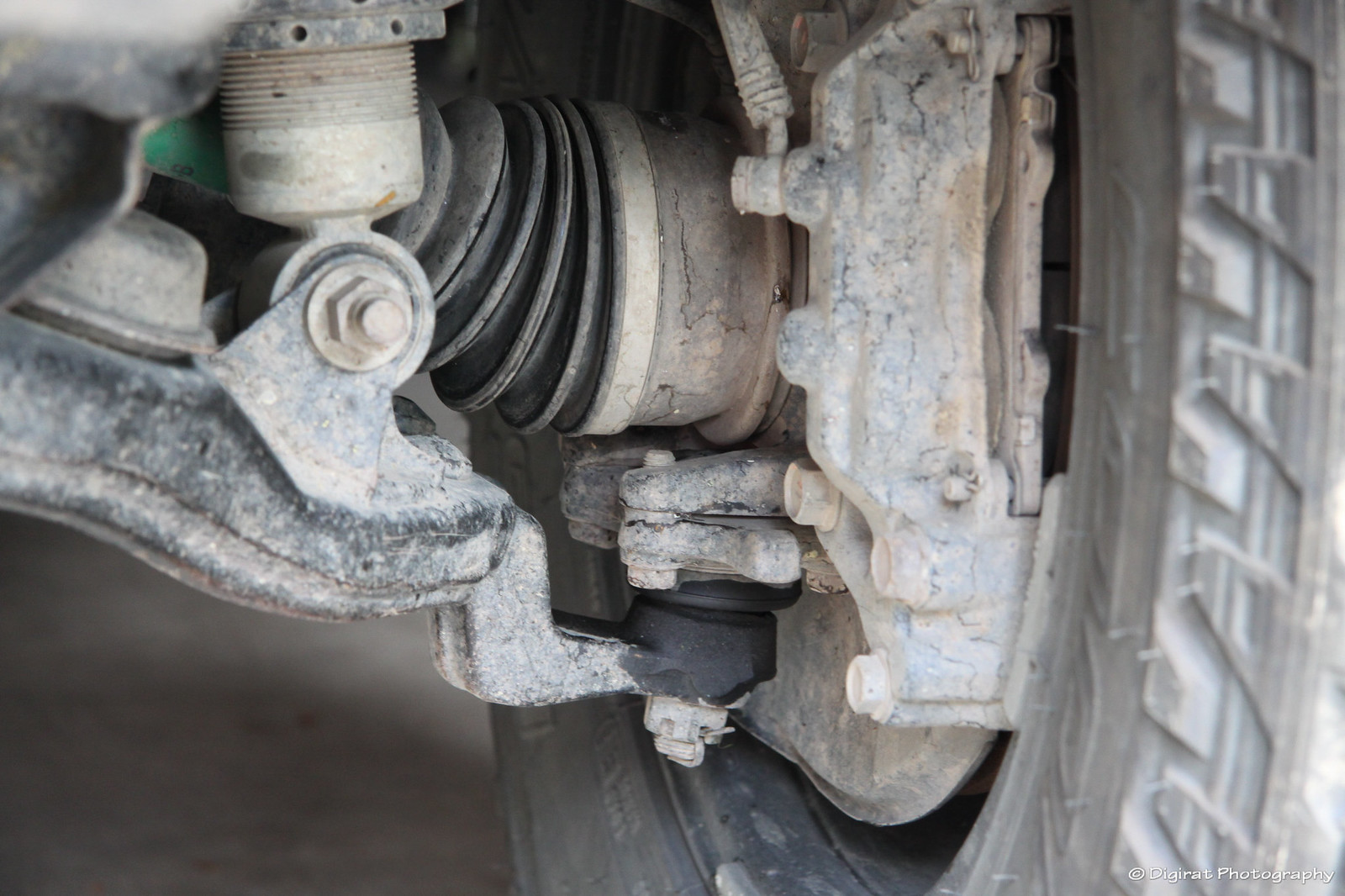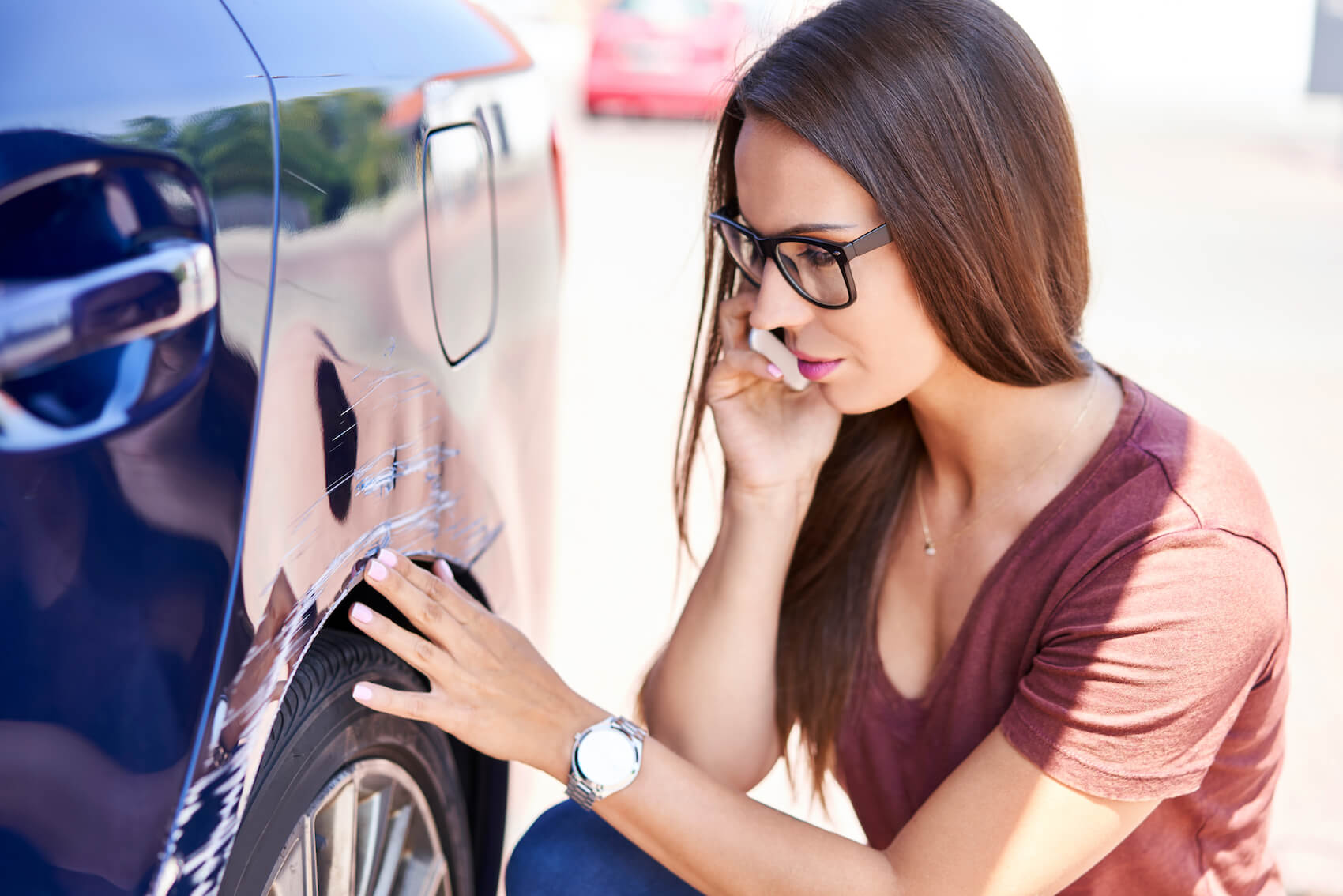Optimal Car Seat Placement and Installation Tips

Introduction
Car Seat Placement and Installation Tips: Selecting the right car seat for your child is a vital step in ensuring their safety while traveling in a vehicle. Equally important is choosing the safest location within your vehicle to install the car seat. The safety of your child depends not only on the quality of the car seat but also on its proper installation and placement. Guidelines for determining where the safest place for a car seat is within your vehicle. By understanding these principles, you can make informed decisions to maximize your child’s protection during every journey on the road.
Ensuring your child’s safety while traveling in a vehicle involves more than just selecting the right car seat; it also entails placing it in the safest location within your vehicle. By the end of this a thorough understanding of where the safest place for a car seat is and the knowledge needed to make the best choice for your child’s well-being during every car journey.
Ensuring the safety of your child while traveling in a vehicle is a top priority for parents and caregivers. Alongside selecting the right car seat, choosing the safest location within your vehicle to install it is crucial. This factors and considerations that determine the safest place for a car seat. We will delve into the intricacies of car seat placement, taking into account various vehicle types and car seat designs, so you can make informed decisions to provide the highest level of protection for your child during every car trip. Your child’s safety is paramount, and empower you with the knowledge needed to make the safest choices on the road.
Should car seat go behind driver or passenger?
If you can, put the car seat in the center seat. If not, it is fine behind either the driver or passenger side. The important thing is that it is in the back, away from the airbags. Even in a minor crash, airbags can seriously injure your little one.
Multiple Car Seats:
- If you have multiple car seats or passengers in the vehicle, consider the overall configuration. It might be more practical to place one car seat behind the driver and another behind the passenger to accommodate all passengers and car seats comfortably.
Center Rear Seat:
- The center rear seat is often considered the safest position for car seats because it provides the most protection from side-impact collisions. However, not all vehicles have a suitable center seat for car seat installation, and not all car seats are compatible with the center position.
Access and Visibility:
- Consider your own preferences and comfort. Placing the car seat behind the passenger seat might allow the driver to have better visibility of the child in the rear-view mirror and easier access for attending to the child during the journey.
Should car seats be in the middle or side?
Where is the safest place to put a car seat? A study published in Pediatrics, showed for children newborn to 3 years old and all installs being equal, sitting in the center rear seat is 43% safer than sitting on the side in the back. The rear center position will be the furthest from any impact in any type of crash.
Easier Installation: In some vehicles, it may be easier to install a car seat securely on one of the side seats due to the availability of the LATCH system (Lower Anchors and Tethers for Children) or better spacing for car seat installation.
Visibility and Access: Placing the car seat behind the driver or passenger seat may allow the driver or front-seat passenger to have better visibility of the child in the rear-view mirror and easier access for attending to the child during the journey.
Multiple Car Seats: If you need to install multiple car seats or have multiple passengers in the vehicle, placing car seats on the side seats can help accommodate everyone more comfortably.
Vehicle Design: The design and layout of your specific vehicle may influence the practicality of installing a car seat in the middle.

Which car seat seat is safest?
Rear-Facing Installation
The laws in most areas require that babies sit rear-facing until two years old, but it is ideal for children to sit in a rear-facing seat as long as the manufacturer says it can. Even if your toddler’s legs are longer, rear-facing is still the safest installation within the seat’s limitations.
Age and Developmental Stage: Choose a car seat that is appropriate for your child’s age, weight, and developmental stage. Car seats are categorized into different types, including infant seats, convertible seats, forward-facing seats, and booster seats. Make sure you are using the right type for your child.
Proper Installation: Ensure that the car seat is correctly installed in your vehicle. Follow both the car seat manufacturer’s instructions and your vehicle’s owner’s manual to achieve a secure and tight installation.
Tight Harness Straps: Ensure that the harness straps are snug and secure on your child. There should be no slack in the straps, and the harness should be at or below the child’s shoulders for rear-facing seats and at or above the shoulders for forward-facing seats.
Positioning: Position the car seat correctly in your vehicle. Rear-facing seats should recline at the appropriate angle, and forward-facing seats should be installed at the correct angle and secured with the tether strap.
What is the best seat position in a car?
The Importance Of Good Driving Posture | GEICO Living
The angle of your seat back should be a little greater than a perpendicular 90 degrees. At 100 to 110 degrees, the seat will put the least pressure on your back. Leaning too far back forces you to push your head and neck forward, which can cause neck and shoulder pain and tingling in the fingers.
Front Passenger Seat:
- The front passenger seat is suitable for an adult or older child who is not driving. It provides a good view of the road and surroundings and is ideal for engaging in conversations with the driver.
- Make sure the front passenger seat is adjusted for comfort and safety. Ensure that airbags are active if needed and follow safety precautions for passengers, such as seat belt use.
Rear Seats:
- Rear seats are typically the safest and most comfortable positions for passengers, especially for infants, children, and individuals who are not driving.
- Children should be secured in appropriate car seats or boosters in the rear seats, following safety guidelines based on their age, weight, and height.
- In vehicles with rear-seat entertainment systems or additional amenities, the rear seats can be an enjoyable place for passengers during long trips.
Middle Rear Seat:
- The middle rear seat is often considered the safest position for car seat installation for infants and young children. It offers the most protection from side-impact collisions.
- When traveling with multiple passengers, using the middle rear seat can help distribute weight evenly in the vehicle, enhancing stability.
What is the correct car seat angle?
around 45 degrees
Ideally, the back surface of a child car seat should be angled at around 45 degrees (about halfway back—not more) for a newborn, and can be adjusted to a slightly more upright position as the baby grows—up to about 30 degrees.
Forward-Facing Car Seats:
Forward-facing car seats should be installed in an upright position, typically with a slight incline allowed by the vehicle’s seatback. The car seat should not be reclined like rear-facing seats. Refer to the car seat manufacturer’s guidelines for the specific angle requirements for your forward-facing seat.
Booster Seats:
Booster seats are used to lift a child so that the vehicle’s seat belt fits them properly.
Transitioning from Rear-Facing to Forward-Facing:
When transitioning from a rear-facing to a forward-facing car seat, follow the car seat manufacturer’s instructions for adjusting the angle of the car seat to ensure it is in the appropriate position for your child’s age and weight.
Is it better to sit lower in car?
Ideally, sit low with straight legs and a stretched body. The low seat base, low centre of gravity, and closer steering wheel give you a faster driving feeling.
Visibility: Sitting lower in the car may reduce your visibility of the road and surrounding traffic. For better visibility and road control, some people prefer SUVs or crossovers with higher seating. However, others may prefer a lower seating position for a sportier feel.
Comfort: Comfort is a significant factor in determining your seating position. You can sit lower for a more relaxed driving experience or higher for easier entry and exit.
Handling and Control: In sports cars and performance vehicles, lower seating positions can improve road connection and vehicle control.
Ergonomics: Proper ergonomic positioning is essential to prevent discomfort or pain during long drives. Adjust the seat height, angle, and lumbar support to find the most comfortable and supportive position for your body.
Is my baby in the car seat correctly?
The car seat should be installed tightly with either a LATCH or a locked seat belt. (You should not be able to move the seat more than an inch side to side or front to back.) The car seat should be reclined at the correct angle, so your baby’s head does not flop forward.
Chest Clip: The chest clip should be positioned at armpit level and be securely fastened across your baby’s chest. It should not be too high or too low.
Harness Tension: Make sure the harness is snug but not overly tight. You should be able to fit only one or two fingers between your baby’s chest and the harness.
Recline Angle: If you’re using a rear-facing seat, ensure that it is installed at the correct recline angle. Many rear-facing seats have built-in angle indicators or adjustors to help you achieve the correct angle.
Proper Installation: Verify that the car seat is securely and correctly installed in your vehicle. Follow both the car seat manufacturer’s instructions and your vehicle’s owner’s manual for installation guidelines.
Why are car seats angled?
The main purpose of it is not comfort but safety. Head restraints prevent your head from yanking backward in case of a crash. This is the reason why head restraints are designed tilting forward towards the occupant, so as to reduce the distance between the restraint and the occupant’s head.
Infant Airway Safety: Rear-facing car seats must recline to open the baby’s airway. If positioned excessively erect, infants’ heads may droop forward and impede their airway. The right recline angle supports the baby’s head, especially during sleep when neck muscles relax.
Crash Protection: The angle of recline can affect the distribution of forces in a crash. By positioning the car seat at the correct angle, the car seat and child move together as a single unit during a crash, which helps absorb and distribute crash forces more effectively. This can reduce the risk of injury to the child.
Comfort: Properly reclined car seats are more comfortable for passengers, especially infants and young children. It provides a more natural, relaxed position for their bodies, reducing the risk of discomfort or fussiness during car travel.

Conclusion
Safe car seat placement is essential for children. Child age, car seat type, and vehicle affect this decision. The tips will help you install your child’s car seat safely.
That safety regulations and best practices may vary by region, so always consult your local laws and guidelines when making decisions about car seat safest place. With knowledge and attention to detail, you can protect your child on the road.
Regional safety regulations and recommendations complicate child safety. Child safety requires following local laws. Safety and best practices can give your child the best car safety.





